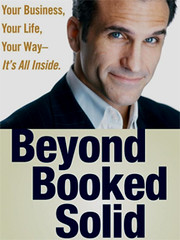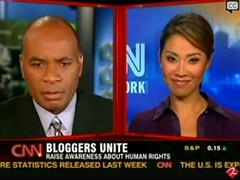Magazine Publishers of America (MPA) is set to release a new study about the effectiveness of URLs being included in print magazines. The study confirms what many advertisers already know, magazine advertisements with URLs are more likely to drive readers to advertiser sites.
Specifically, MediaDailyNews said that home ads were 103 percent more likely, women’s services were 98 percent more likely, and travel categories were 186 percent more likely to drive consumers to Web sites. URLs on fashion ads also provided a 58 percent bump.
The study provides a solid case for integrated communication, with print advertisements serving as a lead generator for Web sites. Consumers are generally taken in by the singular message of the print advertisement and then explore Web sites for more options.
Consumer magazine Web sites are also showing strong traffic gains, up 11 percent over the first quarter of last year. With those Web sites averaging 70.7 million unique monthly visitors, well-planned media efforts can expand an advertiser’s total impression and total reach by reinforcing the print advertisements on magazine Web sites.
Both findings represent that the boundaries between traditional marketing and social media are not so opaque. What has changed seems to be that traditional advertising is shifting toward Internet lead generation as opposed to image advertising or direct sales.

Specifically, MediaDailyNews said that home ads were 103 percent more likely, women’s services were 98 percent more likely, and travel categories were 186 percent more likely to drive consumers to Web sites. URLs on fashion ads also provided a 58 percent bump.
The study provides a solid case for integrated communication, with print advertisements serving as a lead generator for Web sites. Consumers are generally taken in by the singular message of the print advertisement and then explore Web sites for more options.
Consumer magazine Web sites are also showing strong traffic gains, up 11 percent over the first quarter of last year. With those Web sites averaging 70.7 million unique monthly visitors, well-planned media efforts can expand an advertiser’s total impression and total reach by reinforcing the print advertisements on magazine Web sites.
Both findings represent that the boundaries between traditional marketing and social media are not so opaque. What has changed seems to be that traditional advertising is shifting toward Internet lead generation as opposed to image advertising or direct sales.
























